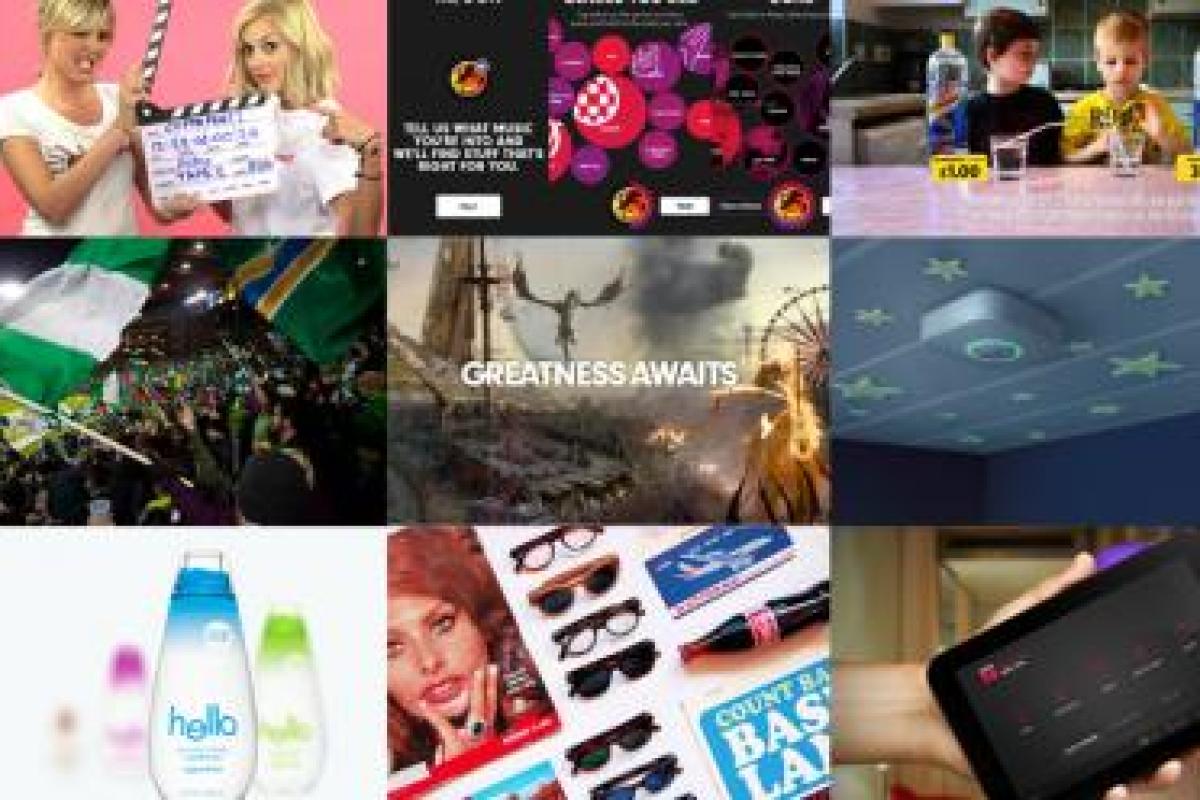The choices are again a broad and diverse mix, including established and emerging brands in personal care, finance and tech, a dating app, a luxury hotel chain, value retail and a US football team – a refection of the team’s enthusiastic championing of challenger where-ever we see it. So, *drumroll*, here they are in alphabetical order.
We look forward to tracking them (among others) throughout the year, leave your own suggestions in the comments or tweet us @eatbigfishLDN.
Aldi
According to Eating The Big Fish the second criteria when judging a true Challenger Brand is that 'they must have demonstrated a period of sustained and dramatic growth' – and value supermarket chain Aldi has certainly done that. In the third and fourth quarters of 2013 UK sales at Aldi grew by 32.7% and 29.4% respectively and increased their market share to 4%.
Aldi, and fellow German chain Lidl, are challenging the ‘big 4′ supermarket brands by redefining what value means for their customers – ‘symbol of reevaluation’ luxury products such as lobster change the public perception of the brand’s offer, and their tongue-in-cheek 'Like Brands Only Cheaper' campaign challenges the customer’s loyalty to branded products head on. The growth of fresh produce sales also suggests that the current perception – that customers continue to shop at their regular supermarket and only stop at Aldi to ‘top up’ on cheap prosecco and special offers – might be changing too.
As expected the challenged aren’t going to take this rocketing growth lying down – Asda, probably the most under threat from another price focussed competitor – last month announced a £50m investment in price promotions that will make Aldi seem ‘expensive’. How will Aldi react? With Sainsbury’s sights firmly set on Tesco, and Waitrose gaining share at the premium end, the battle for brand loyalty in ‘value’ could become a head to head fight between the two.
Will 2014 be the year that Aldi becomes our sole destination for the weekly big shop? Can they continue to grow at such a stratospheric pace, or will the market leaders claw back their share? A fascinating fight to track over the coming year.

Beats Music
As Ferris Bueller once almost said ‘life moves pretty fast for a challenger brand’. So it goes that one of our Challengers to Watch of 2013, Spotify, becomes the challenged behemoth in 2014 with the launch of Beats music – a new streaming service from Dr Dre’s growing stable.
Is it a threat to Spotify? The official line is that any new brand throwing their hat in the ring is good for promoting streaming to grow the category, but someone there must be rattled if the spotify twitter jumping on any reference to Beats at launch is anything to go by.
Which is the better service? Now Beats have ironed out the launch bugs the jury is out for the moment. With both services offering the access to pretty much the same library of 20,000,000 songs, Spotify seem to be edging ahead in the reviews for social connectivity with Beats gaining points for its recommendations and playlists.
Or it could all come down to a good old fashioned battle of price and celeb endorsement – Beats is offering unlimited streaming on 3 devices for $9.99 with AT&T’s family plan (with a 90 day free trial) and their Superbowl ad featured none other than family favourite Ellen DeGeneres, partnerships that skew them firmly towards the mainstream.
Will they indeed grow the category or can they encourage enough existing streaming subscribers to switch? One to watch.
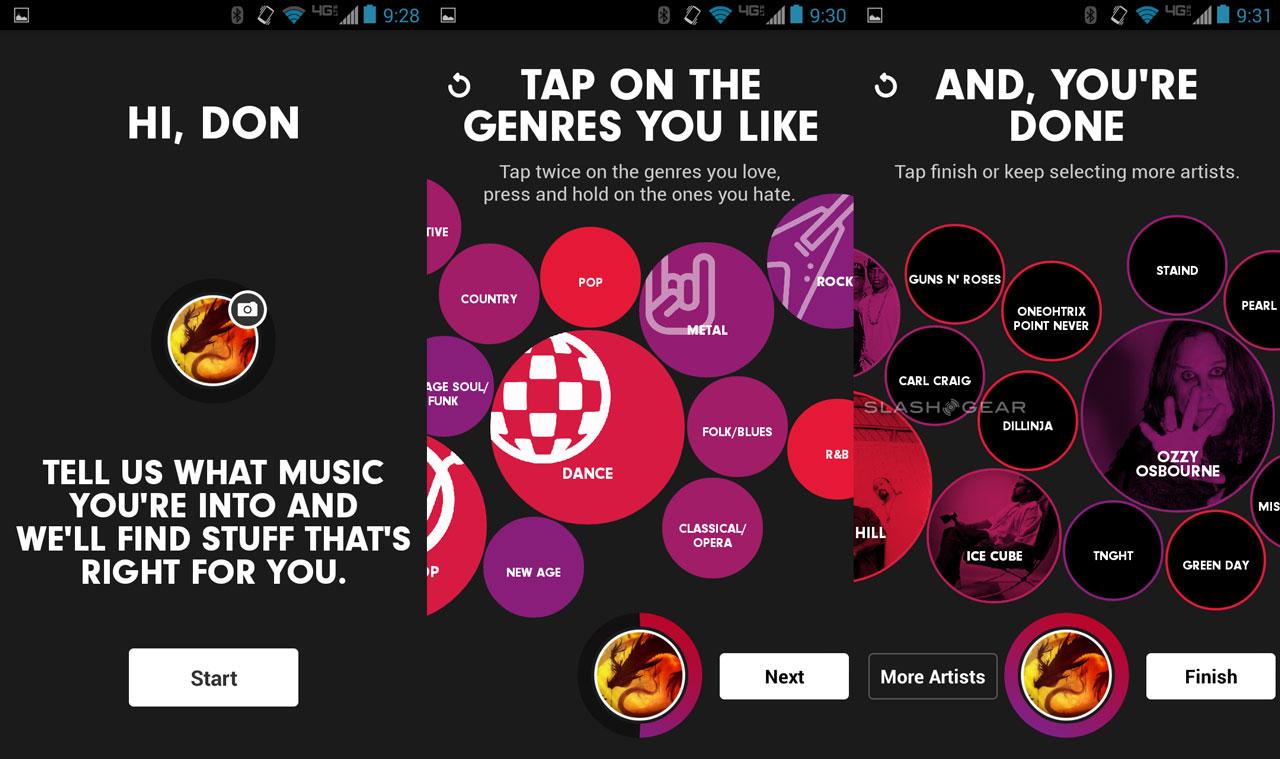
CitizenM Hotels
Citizen M is a Dutch hotel chain aiming to be the democratiser of the luxury hotel experience, offering ‘affordable luxury for the people’. How do they do it? The hotels are designed in a way that means their democratically sized luxurious rooms can need up to 50% less space than conventional hotels. Some ‘non essential’ services are totally eschewed – using the same technology as in airports guests check themselves in, and the dining room is replaced by an honesty bar – meaning Citizen M can afford to throw in those evermore essential extras like wifi and movies-on-demand for free.
The chain currently has five hotels (Glasgow, London, Rotterdam and two in Amsterdam) and with five more in the pipeline (in London, New York and Paris) and a focus towards reinventing business travel, expect to hear more of your colleagues raving about becoming ‘Citizens’ in the coming months.

Charles Schwab
Chuck is an iconic Challenger. He and his firm revolutionized financial services and shook up the investment world forever with their Main Street vs Wall St strategy of the '80s and '90s. We’ve used them many times in our work as an exemplar of Challenger thinking. And now a new Challenger story is trying to emerge post 2008 crash, with Schwab burnishing its client-centric reputation with teams of advisors better able to support a more affluent and driven investor ready to take more ownership of their money from the duplicitous Wall St firms.
Business is good at Schwab, will they take off the gloves in 2014 and give us something to marvel at? Let’s hope so.
(full disclosure: Schwab is a client)

Coppafeel
We heard Coppafeel founder Kristin Hallenga speak at a recent Charity Comms Brand Breakfast and were hugely struck by the natural Challenger instincts of the brand – we were ticking off the credos one by one as she spoke about the charity, which raises breast cancer awareness in young people from 18-30 and encourages early detection by regular self examination and ‘knowing your boobs’.
Like all good Challengers this convention breaking charity is hard to ignore, their irreverent campaigns mark them out in a sector that can shy away from using humour to deliver serious messages. Even more compelling for Challenger fans is their use of unconventional (but relevant) media to get their message across – face-painting stalls at festivals encourage young people to sign up for their free text reminder service, nightclub entry stamps reminding student revelers to check themselves in the shower the following morning, a message label sewn into your bra offers the daily reminder that ‘checking your boobs can save your life’. Small interventions which puncture daily life, in their own words “we’re like a friendly bop on the head when you least expect it”.
We’re interviewing Kris for the Challenger Project in the next couple of weeks so are looking forward to hearing their plans for the coming year – we’ll keep you updated.

Fitbit
Wearable tech and the quantified self are concepts we will only hear more of in 2014 as more people discover their inner Tim Ferris. The data and devices have already changed the behaviors of many a life hacker and are moving into the mainstream at quite a clip. We’ve been getting into this kind of thing ourselves at eatbigfish, tracking each other’s runs on Nike+. Mark has even tried his wife’s Fit Bit and is ready to move beyond his “fat bot” preconceptions of that brand.
So who will break out and become the Thought Leader in the space in 2014? There are a million reasons why Nike should own it, and we see the Jawbone Up on quite a few of our clients. But Fit Bit does seem to have built up a head of steam, is well run and well-funded. We’re watching to see what they’re made of this year.

Harry’s
There’s been a few Challengers to Gillette and Wilkinson Swords (Schick) duopoly in the world of shaving in recent years. Firstly, in the UK at least, King of Shaves challenged the top two on price and their ‘5 blades better than 4’ pseudo-science advertising – that was until they began to imitate those they had once challenged. In 2012 Dollar Shave Club grabbed headlines with their ‘Our Blades are F***ing Great’ campaign and a brand that challenged the status quo with both their mail subscription business model and their irreverent advertising.
Now this year there’s another newcomer in ‘Harry’s’ a brand co-founded by Jeffrey Raider, one half of the team that started Warby Parker. There’s a clear sense too that this brand is cut from the same cloth with many elements of the Warby Parker brand replicated in Harry’s. There’s a paired back and simple design aesthetic – something long missing in the category, there’s a social responsibility cause, with Harry’s ‘Give A Shave’ campaign donating 1% of sales and 1% of time to City Year – an organisation that helps young people gain professional and life skills. And like Warby Parker, there’s also a move to compliment the online experience with physical retail with the opening of a Harry’s barber shop in New York and plans to open another 3-4 within the year.
Warby Parker seem to have created a new blueprint for brand building which is built around transparency, trust and keeping costs down by cutting out the middle-men, and Harry’s is the first example of this blueprint being rolled out in another category. Market leaders in low-interest categories watch out.
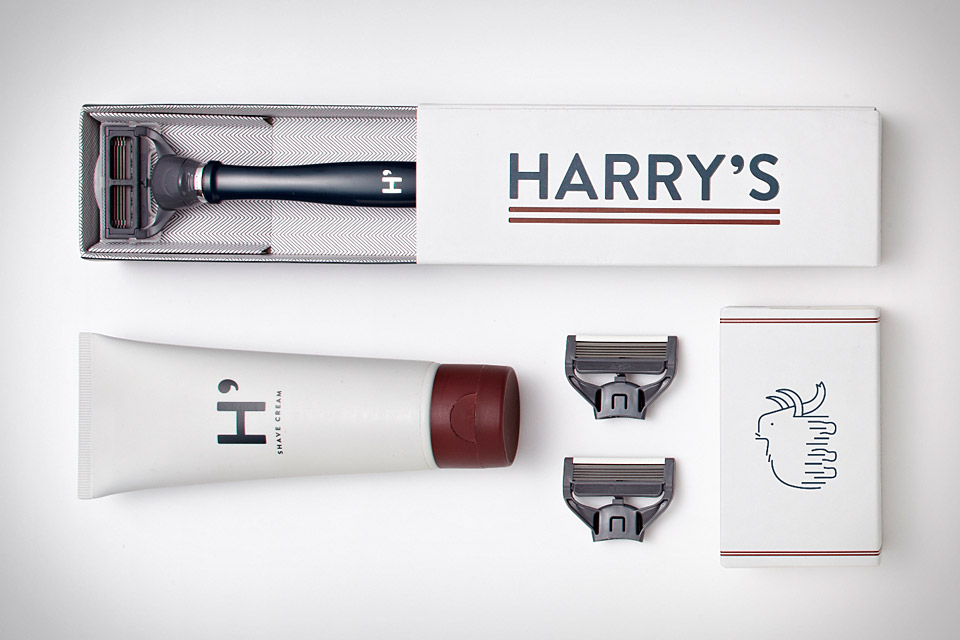
Hello
You could call them the ‘method’ of the personal care aisle – in fact Craig Dubitsky, founder and CEO of Hello, the seriously friendly oralcare brand, used to sit on the method board, and common principles among the two brands are clear.
With a stated aim to ‘elevate the everyday’ Hello’s toothpaste and mouthwash products come in well-designed convention breaking packaging. There is a focus on ‘natural’ ingredients and copy that shies away from the category language of germ killing and the ‘war in your mouth’ to adopt a more personal approach. Its an appealing brand in a functional and undifferentiated category.
And it seems to be going well. The brand launched in March 2013 and in September only 6 months later, they had doubled distribution from 7,800 to more than 18,000 stores across the United States. If they continue with their challenger approach and are able to build community of strong advocates we expect to see the brand making an impact in the toothpaste aisle in 2014 – in fact, can we get some in the UK?

Juntos Finanzas
Started on Stanford’s campus after Juntos Finanzas founder Ben Knelman learned of the Stanford janitors’ issues with budgeting and financial management, Juntos is quickly changing how cash-based, un-banked households feel about their money using a simple suite of SMS-based personal finance tools. Ben’s users report significant savings over time and a feeling of greater control and less anxiety.
Such was the success of Juntos that Ben and team won the G20 Award for Financial Inclusion last year, which has lead to trial programs of the service in Lat Am. Challenging the way the un-banked feel about and manage money, while eschewing the conventional banking avenues, makes Juntos one of the most inspiring Challengers of the moment. If their programs in Lat Am succeed we expect great things from Juntos this year. One to watch.

Khan Academy
As anyone in higher education will tell you, MOOCs are a big deal. Massive Open Online Courses are changing the way people access their education, and the establishment is racing to catch up.
The most talked about brand in this sector is Khan Academy, a non profit organisation 'with the goal of changing education for the better by providing a free world-class education for anyone anywhere'. Created in 2006 by educator Salman Khan, a graduate of MIT and Harvard Business School, Khan Academy’s online courses currently reach around 10,000,000 students a month.
Unlike with other MOOCs students learn at their own pace, rather than following a traditional course structure, creating a level of individualized learning that was previously impossible to offer for free, and challenges how a student conventionally moves through the education system.
'We want to get everyone to the point that they have the knowledge that the M.I.T. course is trying to teach them. When you go to the site today, you get a test to evaluate where you are in math. You determine your own pace. And you don’t go to the next level until you’ve mastered the previous one.'*
At present the courses focus mainly on pre college mathmatics and physics, but the course list is expanding, and the potential for the world’s first “free world class school where people can learn virtually anything” is clear. Can they continue to grow and dominate this space, or will the traditional providers catch up?
*New York Times, Jan 27, 2014

Lyft
In Silicon Valley, everywhere you turn you see challengers challenging challengers. What was once the land of Uber, known for bringing black car service to everyone, Lyft, is taking San Francisco (and many other US cities) by storm.
Differentiated by its quirky personality and driver-lead community building, the pink mustachioed, on-demand-from your-phone, car service is seeing double Uber’s growth rate. Lyft is challenging the facelessness of the driving community by bringing the zany personality of their drivers to the forefront of all they do. Declaring themselves 'Your friend with a car' they encourage riders to sit in the front seat (rather than the back), fist bump the driver, and chat with each other to get to know the drivers as people. Watch-out for this Zappo’s-esque car-service in 2014.

Nest
At eatbigfish we’ve long been coveting the beautiful and intelligent Nest thermostat (and more recently the Nest Protect smoke alarm) and have been waiting eagerly for these killer products to develop a distinctive brand. The mere fact that we’re coveting a particular smoke alarm shows how much one game-changer product can impact our perception of a category (aka ‘doing a Dyson’).
Will Google’s acquisition of Nest Labs for $3.2bn this year help to grow the brand and make them as ubiquitous in our homes as the rest of the behemoth’s product offer? Can they remain distinct from their parent or will we finding ourselves installing a ‘Google Protect’ instead? CEO Tony Fadool says definitely not – in a statement on the website he says “Nest will continue to be Nest, with its own distinct brand identity.”
This year we will be looking into how some Challengers are able retain their start-up spirit once they’ve been bought by a bigger player – and we’ll be keeping an eye on Nest to see how they get on.

Netflix
Netflix have already challenged the traditional linear way TV is consumed. Subscribers can watch what they want, when they want and on whatever device they want. All without ads.
And whilst in digital streaming Netflix are very clearly number one in the category – with 90% market share in the US in 2013 and 40.4 million subscribers globally it’s clear they have bigger targets in their sites than the likes of Hulu and Amazon Prime.
Now Netflix has reached the scale and have the financial muscle to start creating their own original content, as they’ve done so successfully with the award winning ‘House of Cards’ and ‘Orange is the New Black’ their next to challenge is to take on the television networks themselves and challenge the very way that TV is created.
The following is taken from the ‘Netflix Long-Term View’ section of their website:
'The network that we think is likely to be our biggest long-term competitor-for-content is HBO. In the USA for example, HBO recently won long-term exclusive domestic movie output deals with Universal and Fox. HBO bids against us on many original content projects though is not currently a bidder against us for prior-season television from other networks'.
Whilst HBO are constrained by their linear delivery; the fixed episode lengths, ad breaks, episode recaps, 12 episode seasons etc, Netflix can do away with all of these constraints and allow for complete flexibility, which in turn they argue creates more scope for creativity for writers and will give Netflix a unique advantage over their rivals in creating unmissable content.
Ted Sarandos, Chief Content Officer at Netflix stated in an interview with GQ Magazine; “The goal is to become HBO faster than HBO can become us.” The race it seems, is on.

Playstation
Two years ago PlayStation was a distant third in gaming and long way from the heady heights of PS1 and PS2 when its Challenger swagger, borne of charismatic founder Ken Kuteragi, took it to the top. It missed the movement moment and ceded ground to Nintendo. And then missed online gaming, letting arch rival Xbox take the lead. But there’s no doubt who won the massively influential industry convention E3 last year as the PS4 launch put gamers and gaming back at the heart of the brand with the Push The Boundaries of Play strategy. The way they launched the game sharing platform online was simple and effective and won it tons of fans from the Xbox franchise.
PlayStation has its swagger back and Christmas sales figures put the PS4 launch globally far ahead of Xbox. But the success of these next generation consoles plays out over many years and a stung Redmond will be marshaling its significant resources for a comeback. 2014 is a crucial year for PlayStation to build on its lead and keep up the swagger. Will be interesting to see their next move.
(full disclosure: Playstation is a client and we’ll be telling more about their journey of the last year or so right here in 2014).

The Portland Timbers
Soccer/football teams are brands, for sure. Why else would the Glazers pay millions for Manchester United, than to build and harvest the brand value of that club globally. But can a soccer team in the MLS be a Challenger brand?
Portland is a small market and so it needs to think differently about how it wins. And few franchises think of their brand as deeply as the Timbers — what they value and believe in, how they connect to their fans — and act in accordance with those values. It is very different from the kind of soulless MLS team found in Toronto, for example. More akin to a team with the decades of history that Portland has. And few teams have the kind of rabid fan base that the Timbers Army represent. There’s something special happening in Portland. Last year saw true on-field success for the team. 2014-15 could be a breakout season for them. We’ll be looking for signs of them continuing to do things their own way and continuing to reap the rewards.

Somewhere
Somewhere is a social media platform to challenge LinkedIn’s dominance in the world of professional networking. The idea being that LinkedIn as a platform has been around for 12+ years and hasn’t really changed, but the way in which people look and find work has changed, with a stronger emphasis on the value of company culture and how well an employee will work and get on within a team.
Whereas LinkedIn focuses on jobs and recruitment, displayed as an online CV, Somewhere is much more people-focused, showcasing the type of work they do, tasks carried out, as well as more personal moments such as someone’s commute or where someone goes for coffee or lunch showing others a better sense of what they are actually like. Whilst LinkedIn also chooses to display information in text form, Somewhere takes a much more design conscience as well as personal approach, allowing users to upload pictures that visually represent their working day as well as interests. The aim being to connect people looking for work with people looking to hire in a way that matches not just skill sets but also interests and personalities too.
The business has only recently launched and as many new startups do, joining is currently only available via invite request, but among the digital influencers Somewhere is gaining attention and it feels like after 12 years at the top LinkedIn may have a new Challenger to contend with.
Look out for an interview with Somewhere founders on the site soon.
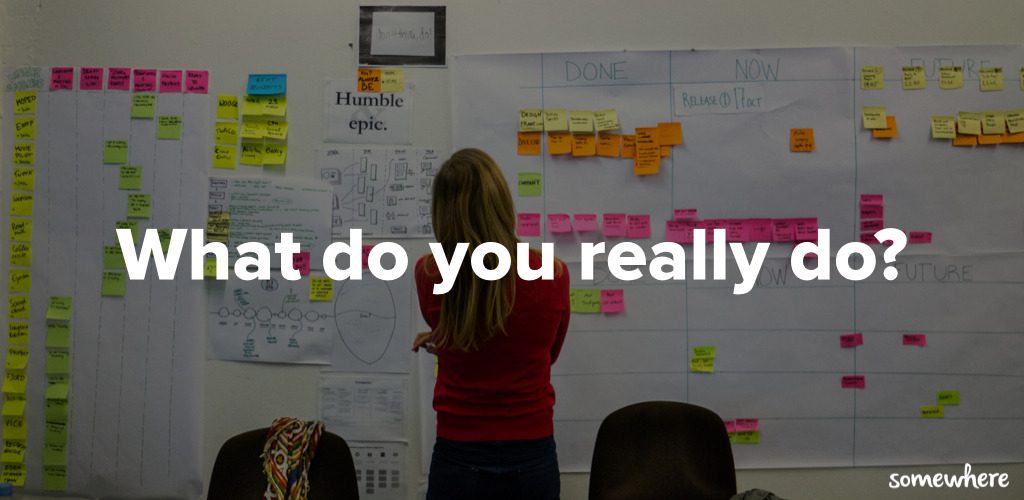
Sonos
Doing for home audio what beats by Dre did for high-end headphones, Sonos has very rapidly become an established name within a crowded category. They’ve achieved this by being a brand that focused solely on wireless streaming of music where other electronics brands just dabbled, and its through this sense of single mindedness that they’ve become the brand that people associate with wireless audio systems, the perception at least being that they’ve pioneered an entirely new category.
The design and form of their players were unique too, introducing curvier edges, 360 degree speaker panels and doing away with the silvers and greys were so prominent across other brand’s products and it’s interesting to see how many competitors such as Sony and Pure now seem to ‘borrow’ from the Sonos aesthetic.
The strategy so far has been to reach the audiophiles and let the product do the talking – it seems to be one of those ‘game-changing’ products that people can’t help but recommend as it’s just clearly better than the alternatives.* Now, with the launch of the cheaper Play-1 at £169 as well as the £599 Playbar Sonos, will reach a more mainstream audience as well the audio-for-home-cinema customer at the higher end. As with any game changer brand, there’s a need to keep innovating and keep changing the category to stay ahead – otherwise that crown can be easily lost to another.
*At roughly that price Bang & Olufsen fans.

T-Mobile
It has become the nation’s fastest-growing wireless provider, adding 4.4 million customers in 2013. T-Mobile is definitely acting irreverently as it sets out to challenger the industries long-time business model. CEO John Legere, deemed “the most dangerous man in wireless” by some media, started off the year by crashing a ATT party because he “just wanted to see Macklemore perform”. We expect to see more inventive stunts trying to get their message out there and place themselves squarely on the side of the consumer.
Broader than its CEO stunts, the “Uncarrier” is making other mobile carriers nervous by introducing a new initiative to pay for the once-sacred termination fees that keep customers locking into two year contracts. This is definitely a challenger to watch.
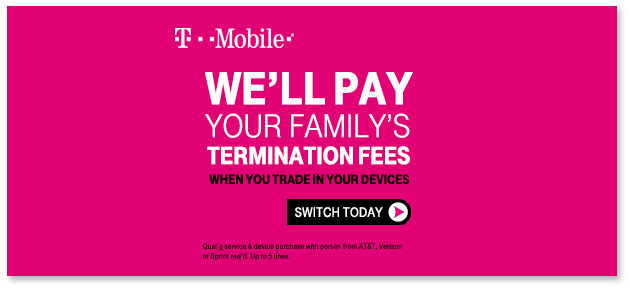
Tinder
Do you have a single friend? Are they constantly glued to their phones, manically swiping left or right with a curious smile on their face? Well, they are probably on Tinder, an app that is challenging the way people find that “significant other”.
Internet dating is nothing new, with an industry that Reuters estimates is worth $1.25bn, but where Tinder wins out is its pure simplicity, challenging the stuffy worthiness of other sites. Whereas services like eHarmony require a 400 question survey to be completed before an algorithm pairs you up to your soul mate (or whoever’s available), Tinder just needs your Facebook details and a quick GPS reference. It then shows you pictures of all of the people near you are also looking for that special someone, or you know… that special moment.
Tinder puts all of its emphasis on putting the game back into the online dating game. It’s not about deep connections, it’s about turning flirtatious looks at the bar into a mobile phone app, as easily reciprocated or dismissed as they would be in real life. If “your eyes meet” in this new digital format (i.e. you both swipe right on each other’s photos), you’re now able to chat – and it’s time to dust off those cheesy chat up lines. Ladies, beware of the South London based “Dolphin Trainer” I went to university with…
Tinder claims that they’ve created 100m “connections” since they launched in September… with 50 of those turning into marriage proposals. So while Tinder aren’t claiming that you’ll find love, it seems you will probably stand a good chance of finding someone to keep you warm during a polar vortex.

Warby Parker
Although sales and financial figures are scarce with the company keeping such details close to their chest, its clear that lifestyle brand Warby Parker have grown their business at an incredible rate. 2013 was they moved to larger premises in New York, opened up their new Flagship Store, hired their 100th employee and raised a further $101M of funding through existing investors.
Since launch in 2010 Warby Parker have shaken up the eyewear category by breaking a lot of the industry conventions. They’ve made designer-style frames available for a fraction of the cost than that of the bigger brands, they have a social mission – to distribute eyewear to those in need, they were the first to introduce a ‘home-try-on’ programme whereby customers are trusted to try and then return glasses, and possibly most importantly; they are attempting to shift sales from bricks and mortar retail to e-commence. This in a category that’s been notoriously slow to adapt to online (less than 1% of eyeglasses sold online in 2010).
Let’s hope in 2014 that as Warby Parker themselves become more widely established, they continue to show that fresh perspective and David vs Goliath mentality that’s given them so much momentum and success in the past.

This piece originally appeared on eatbigfish, find out more on their website.
20 Challengers to watch in 2014
20 Challengers to watch in 2014
